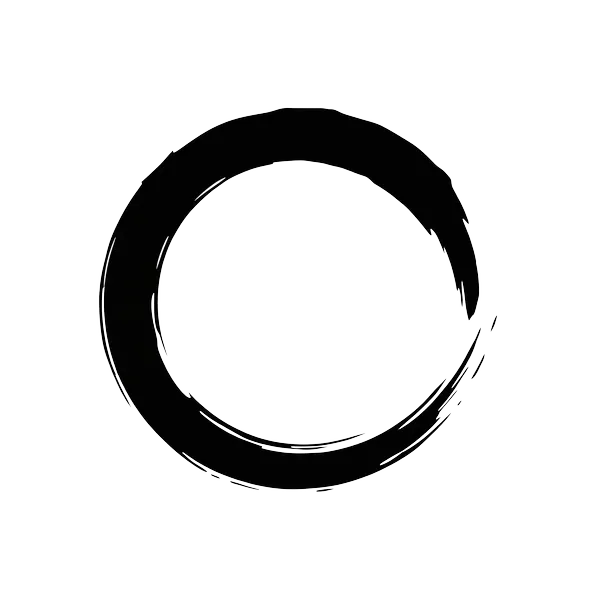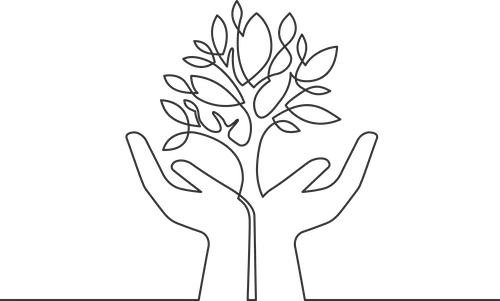
For over three decades, I have been dedicated to the martial arts. My journey began with karate, which gave me a solid foundation for five years, followed by a fateful encounter with aikido that set a new course for my practice. For a while, I walked both paths simultaneously, but the depth and philosophy of aikido captivated me so much that I eventually dedicated all my energy to it. Since 2009, I have been passing on my knowledge to adults and children in Budapest and Albertirsa, helping them find their own path.
Aikido
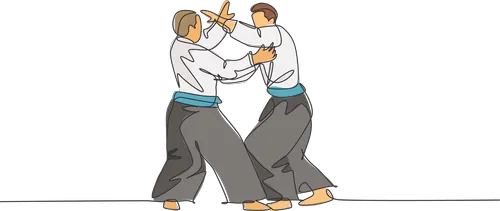
Although I loved my karate practice and its community, a chance encounter led me to a newly started aikido class, which changed everything. Under the guidance of Csaba Molnár, I was introduced to the fundamentals of Aikikai Aikido, and his teachings defined my practice for nearly a decade. During this period, I was greatly influenced by the dynamic and powerful style of Master Christian Tissier; his movement inspired me on the tatami.
However, due to my background in karate, I was constantly searching for deeper connections. I wanted to practice techniques that not only followed the core principles of aikido—harmony and non-violence—but were also unquestionably effective in real-life situations.
I found the answer to this search in the videos of Master Shoji Nishio. It was a true revelation. In his solutions, everything came together: they are brilliant, free from unnecessary violence, yet endlessly effective. I understood that this kind of genius stems from the fact that Nishio sensei himself was proficient in multiple martial arts, creating a logical, unified system where empty-hand, sword, and staff techniques form an inseparable whole.
This holistic perspective opened up a whole new dimension for me, and it is the path I have followed ever since. For me, aikido thus became a profound journey of self-discovery that teaches the creation of peace and inner balance.
Qigong
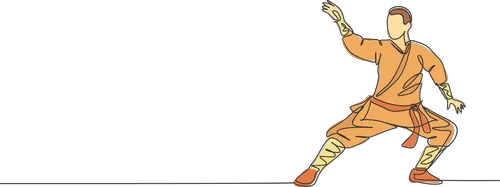
Many might see aikido, qigong, or weapon practice as separate disciplines. For me, however, they are parts of a unified system, closely connected and mutually reinforcing. The best analogy is traditional Chinese medicine: it doesn’t treat individual symptoms but considers the person as a whole. I view movement the same way: every exercise is a tool for fine-tuning the entire system.
In this system, qigong is the master school of slowing down and awareness. While it may seem like an island of tranquility, qigong can also be a "hard workout": its deep, held stances seriously challenge both muscles and patience.
I often see beginners in aikido equate effectiveness with speed, yet speed without correct movement only masks mistakes. The slow, flowing movements of qigong dispel this misconception. This is why I often refer to a qigong movement during aikido practice to illustrate the importance of maintaining a stable center (hara) even after a turn.
The principles of yin and yang, the duality of softness and strength, are embodied in qigong practice. But in truth, the same principle governs aikido. At the beginning of a technique, we become soft, yielding to the attack (yin), then, once the partner's balance is broken, we become strong and finish the movement with a dynamic throw (yang). Both are equally important.
Qigong practice is therefore the best lesson for proper breathing, a stable center, and a deep understanding of these principles. This awareness is the anchor that helps navigate not only on the tatami but also the challenges of everyday life.
Sword, Staff
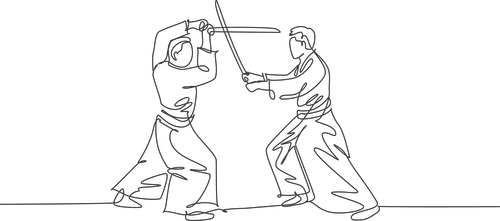
For years, I was specifically averse to weapon practice. The reason was that in my earlier aikido experiences, it was an isolated, infrequent, and—on the part of both the instructor and the students—not a very beloved part of the training. I felt that the weapon forms had no real connection to empty-handed aikido; on that basis, football could just as well have been part of the training.
Everything changed when I encountered the system of Master Shoji Nishio. Here, weapon and empty-hand techniques are not separate elements but two sides of the same movement; the connection is clear and logical, even if understanding it is not always simple.
The sword (Aiki Ken) and staff (Aiki Jo) become extensions of the body. A technique performed with a weapon crystal-clearly illuminates the path that should also be followed with empty hands, preventing the curves and precision of the movements from being compromised.
This approach leads to the deepest meaning of **Yurusu Budo**, the "Forgiving Martial Art." The purpose of Master Nishio's weapon techniques is not the devastating cut—that would be incompatible with the concept of forgiveness. The goal is rather to use the overwhelming control offered by the weapon to show the attacker the futility of the fight and to provide a chance to resolve the situation without injury. This philosophy also provides the name and spirit of the yurusuaikido.hu site.
Nunchaku

For me, practicing with the nunchaku is not about flashy, chaotic swinging or imitating Bruce Lee. It is much more a deep, analytical work: a precise study of movements. I examine how the hand and arm move, and how the entire body, especially the hips, can assist and guide the tool's motion. A great advantage is that it requires no partner or gym; it can be practiced perfectly at home, alone.
The central technical challenge is maintaining continuous motion: how to keep the nunchaku's chain taut throughout, preventing it from "collapsing" due to loss of momentum. This exploration teaches the continuous flow of momentum and energy.
But the most exciting challenge, and the closest link to aikido, is connecting to the already fast-moving weapon. This movement perfectly models connecting to a fast strike in aikido. It demands extraordinary focus and presence because the nunchaku gives immediate and—if attention wavers for even a moment—very painful feedback.
Thus, the nunchaku is the perfect tool for presence and focus; a form of moving meditation that develops reflexes, coordination, and wrist strength, while teaching the deepest secrets of energy flow and proper timing.
Mobility:
Freedom of Movement,
an Investment in Life

This topic is perhaps the most important of all, and it’s not just for martial artists. It’s for everyone who wants to live a full and pain-free life.
For a martial artist, however, mobility is not optional. If you think about it, without mobility, nothing works: you can't perform aikido correctly, hold deep stances in qigong, or even catch a spinning nunchaku. Mobility is the very ability to move freely and without restriction.
A common misconception is that mobility is equivalent to a three-minute warm-up, which many people skip, arguing, "there's no time to warm up in a real situation." And that's true. But the purpose of conscious mobility practice is not to prepare you for the next five minutes, but to ensure your body is always ready. Mobility is not a temporary state we "turn on" at the beginning of a workout, but a long-term acquired and continuously maintained ability.
This is the investment in our body that pays dividends in the long run: not just preventing injuries, improving flexibility and speed on the tatami, but also ensuring freedom of movement in everyday life. The ability to get down on the floor to play tag with your grandchild in old age, and to get up again with ease.
Ask yourself: could you do a cartwheel at 60? Maybe you never could, but that's not the point. The question is: is your body in a state that would even allow it? That is what conscious mobility is all about.
